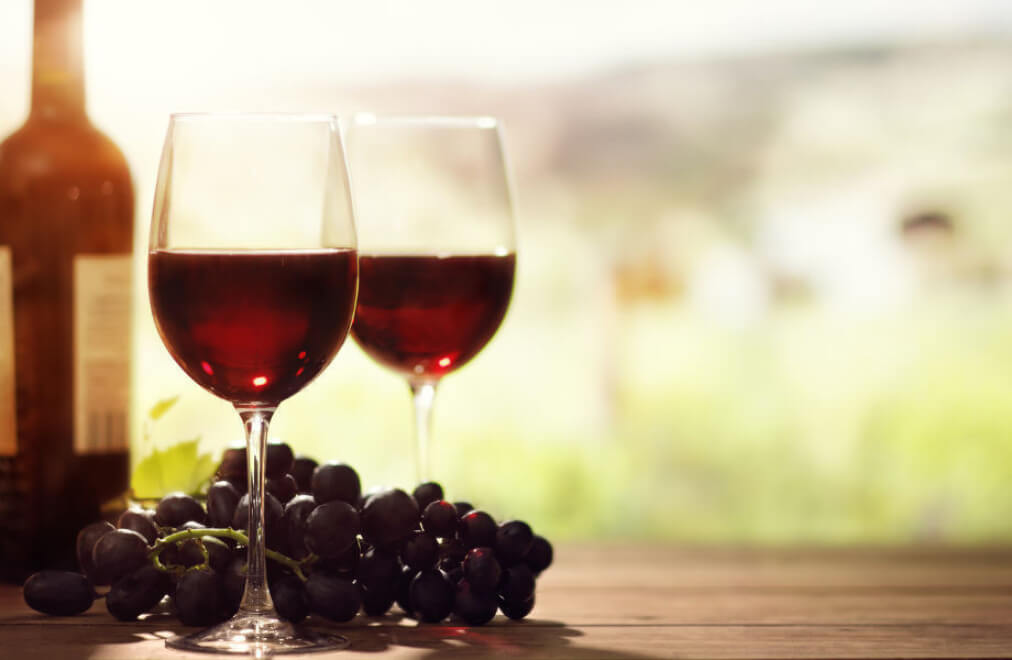
Assistance
Click to start searching

Thoughts of Tuscan wines usually turn immediately to the red variety, though white wines have a much longer tradition here – one that in part dates back to antiquity. Along the coast near Pisa, in particular, stunning white wines are often produced from the Vermentino grape. White wine is still a dominant force in San Gimignano and Montecarlo. Even if you are otherwise more inclined to Tuscan reds, you should really try the vini bianchi from these areas. The Trebbiano is a grape known more for everyday wines than for special occasions. In many cases it is blended with other varieties, forming the basis for well-known cuvées such as Lugana, Soave or Vin Santo.
A characteristic of all Tuscan wines, whether red or white, is their diversity, probably due to the numerous microclimates of the region which give each grape its distinctive bouquet. The fertile sea beds around Pisa are a contrast to the partly stony terroir 500 metres above sea level in the Chianti Classico region. The high proportion of wines with a controlled designation of origin is another typical feature of the region. Nowhere else in Italy is the percentage of DOC and DOCG wines so high.
Chianti, Brunello di Montalcino and Vino Nobile di Montepulciano are among the most important red wines of Tuscany. Though Chianti is hardly a secret, its smooth and straightforward palate mean it remains very popular. The names Chianti, Chianti Classico, Riserva and Gallo Nero may be a little confusing at first but are basically easy to explain. Chianti Classico refers to any Chianti wine from the original Chianti Classico territory between Florence and Siena. It is subject to even stricter quality criteria than the classic Chianti. All chianti classici of the Gallo Nero Consortium carry the emblem of the black rooster (Gallo Nero) on the bottleneck. The cockerel is surrounded by a red border if the wine is rather young, whereas a gold border indicates a Chianti Classico Riserva. The word Riserva means that the wine has been aged for a minimum of two years. In 2010, an even higher quality level was introduced in Italy: Chianti Classico Gran Selezione. As is so often the case, the type you prefer is very much a matter of individual taste.
In addition to red wine, “bella Toskana” also has its own popular dessert wine, Vin Santo (“holy wine”). This wine was originally stored as a treasure in small wooden barrels and served among winegrowers only to special guests. Commercial cultivation was unthinkable.
Producing a grand, authentic Vin Santo is a laborious process that relies on true craftsmanship. Pressed from dried grapes and fermented in small barrels for many years, this sacred wine can offer inimitable pleasure. Sadly, not every Vin Santo is worthy of the name – but once you have tasted a great vin santo, you’ll certainly never forget it.